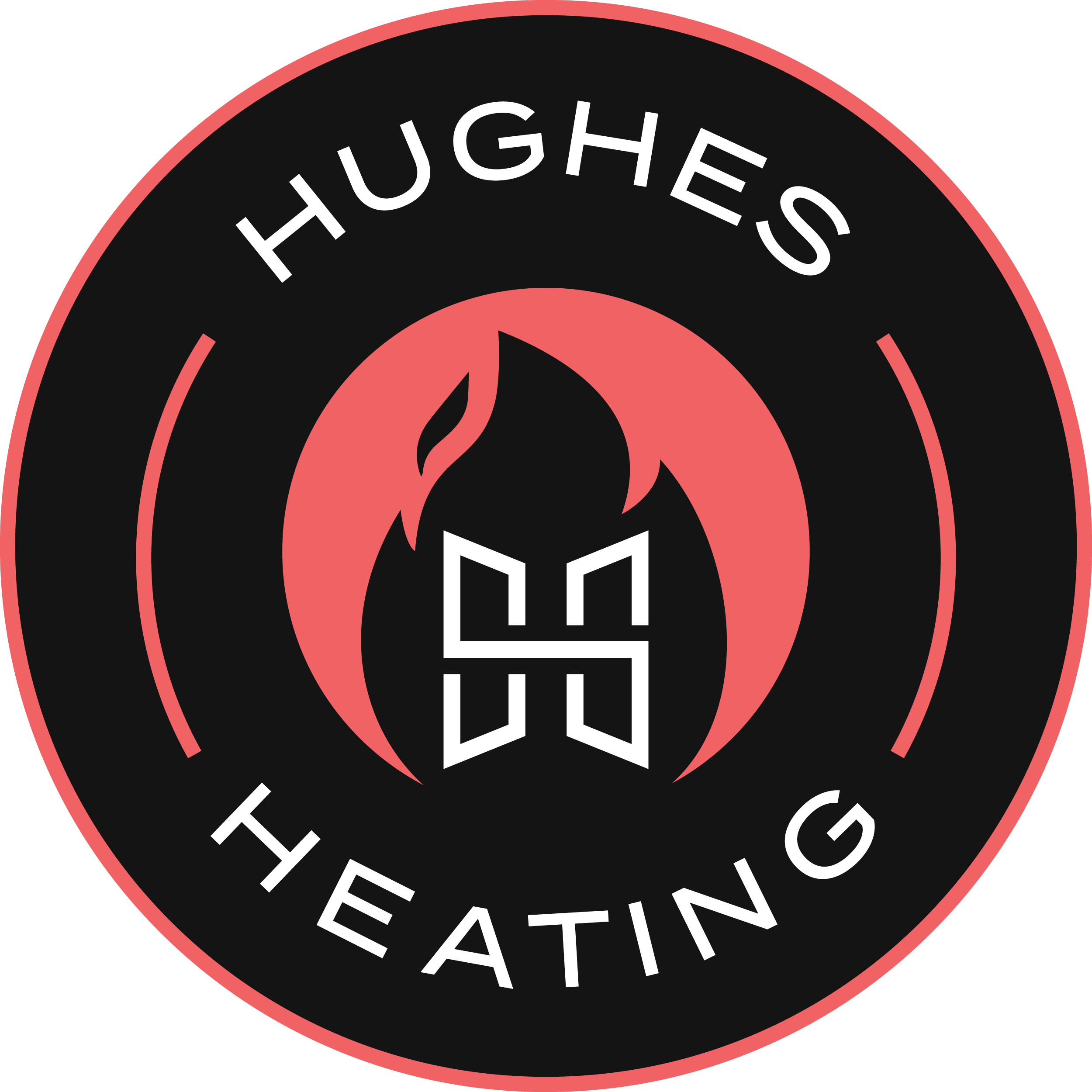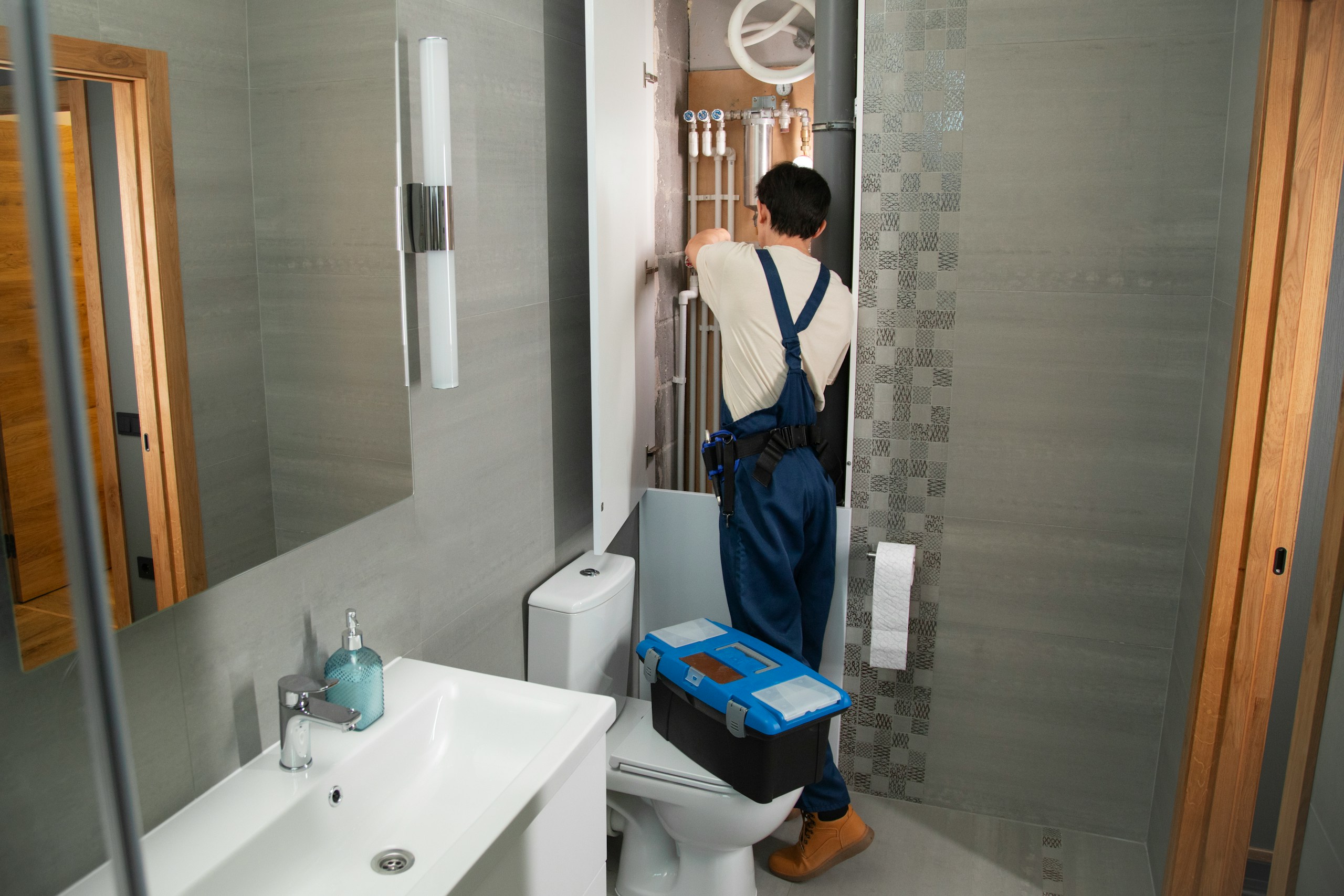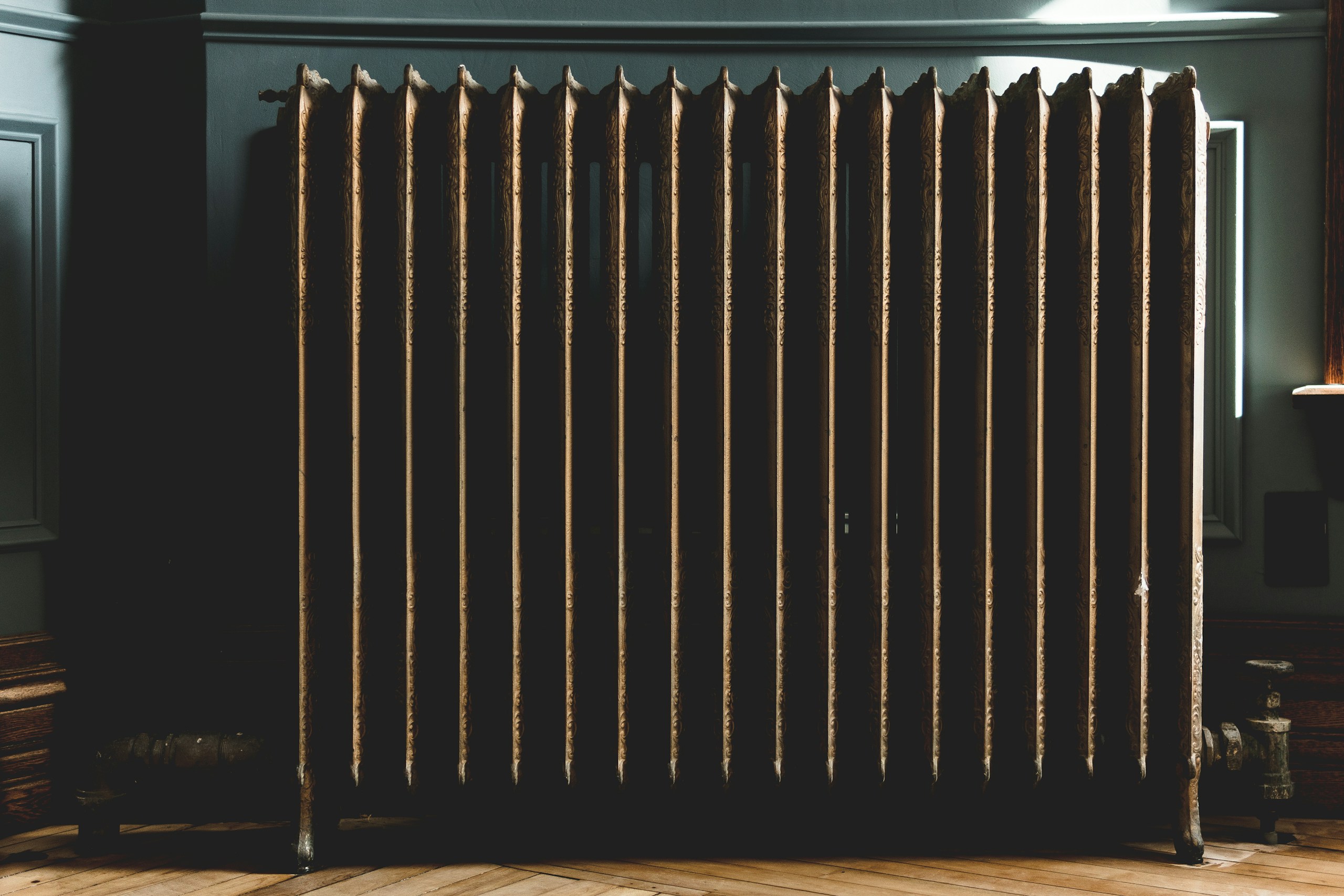Let’s start with a simple observation about heat pump installations: the UK is late to the heat pump party. Across Europe, you’ll find more than 3,000 heat pumps for every 100,000 people. Here? Just 412. That’s not just a gap—it’s a chasm. But, things are changing fortunately.
In 2024, nearly 100,000 hydronic heat pumps were sold here, a leap of 63% over the previous year. The government’s aiming for 600,000 installations a year by 2028. Ambitious? Absolutely. But it signals that heat pumps are moving from curiosity to contender, and for many, they’re fast becoming a practical, even necessary, choice.
Maybe you’re wondering if it’s time to make the switch. The cost, the tech, the grants, the real benefits—there’s a lot to weigh up. Let’s cut through the noise and get to the facts, so you can decide if a heat pump makes sense for your home, your wallet, and your future.
Understanding Heat Pump Systems
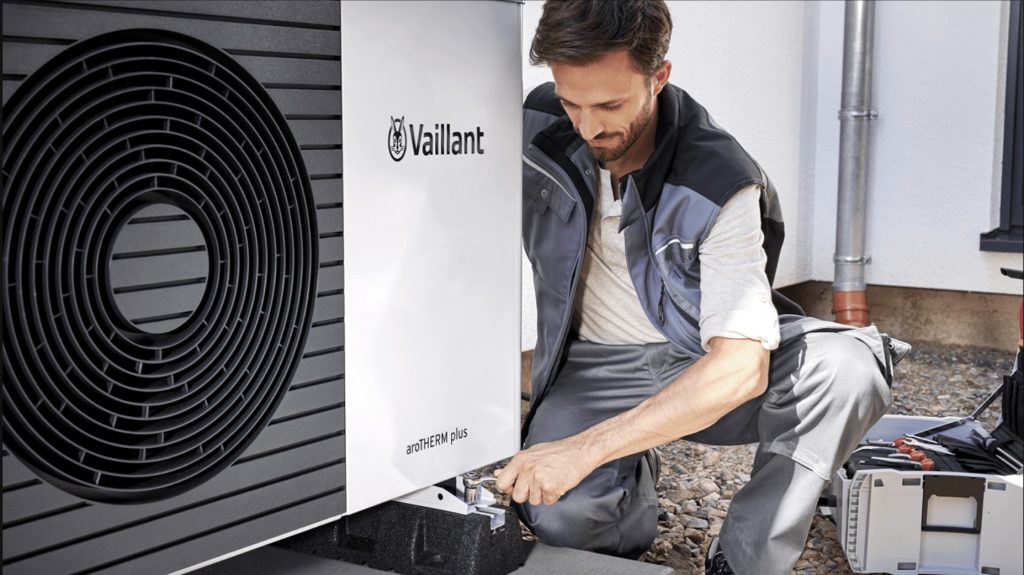
At their core, heat pumps are pretty clever. They don’t generate heat, they move it—from the air or the ground outside, into your home. Even when it’s cold out, there’s warmth to be found, and these systems are remarkably good at capturing it. In fact, they’re three times as energy efficient as traditional gas boilers.
That means for every unit of electricity you buy, you get three units of heat. Not bad, right? And if you’re thinking about your carbon footprint, here’s a stat that’s hard to ignore: switching to a heat pump can cut your home’s emissions by up to 70%.
There are a few types to consider. Air source heat pumps are the most popular in the UK, and for good reason. They’re versatile—some just heat the air (air-to-air), others heat both your home and your water (air-to-water). March 2025 alone saw over 5,600 of these installed, which is a 22% jump on last year. They’re getting better, too: modern units work efficiently even when the mercury drops below zero, and smart tech lets them learn your routines, adjusting automatically.
Then there are ground source heat pumps too. These use buried pipes to draw warmth from the earth itself. They’re pricier up front and need a fair bit of space, but they’re the gold standard for efficiency. If your garden’s big enough, it’s an option worth exploring.
And if you’re not quite ready to ditch your boiler, hybrid systems might appeal. They combine a heat pump with your existing gas boiler, switching between the two to maximise efficiency. It’s a stepping stone—one that’s helping some households ease into the transition.
The Tangible Benefits of Heat Pumps
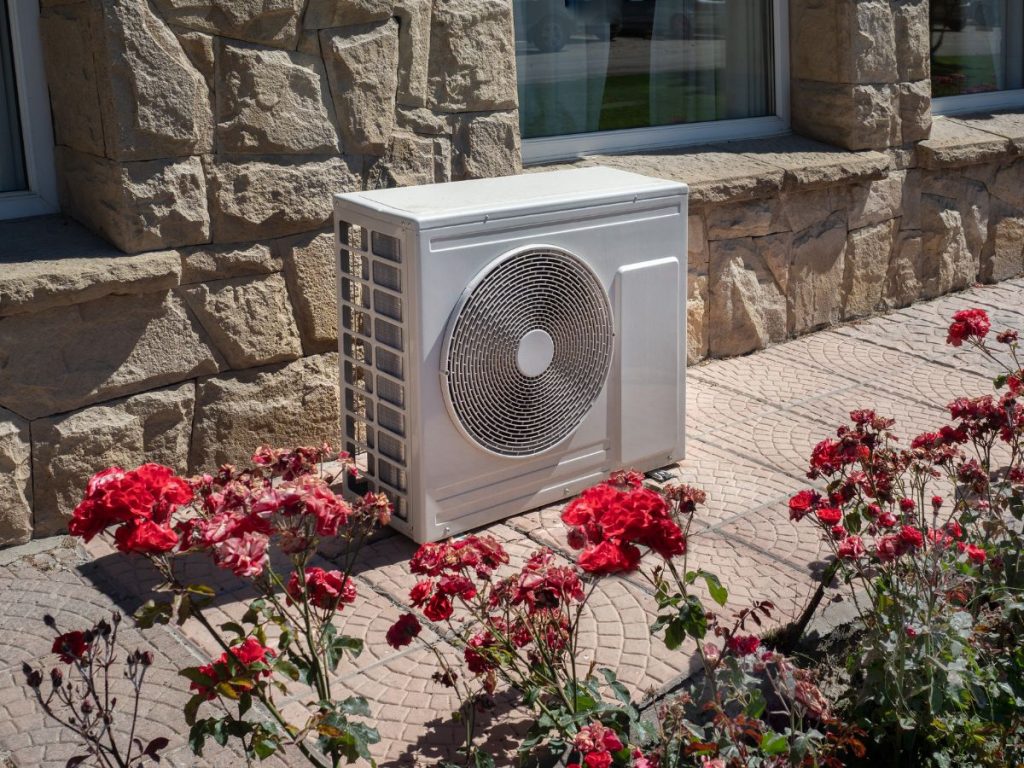
What’s it actually like to live with a heat pump? For one, you’re doing your bit for the planet. That 70% cut in carbon emissions isn’t just a statistic—it’s a meaningful step towards a lower-impact lifestyle, especially as the UK’s electricity grid keeps getting greener. There’s also the matter of energy security: less reliance on imported gas means fewer surprises when global markets wobble.
Financially, the picture’s improving. With smart tariffs, some households are already saving money. And as gas prices remain volatile, those savings are very likely to grow. There’s also the less tangible, but real, boost to your property’s value. Homes with better energy ratings are increasingly attractive to buyers, and new-builds are catching on fast: heat pump adoption in new homes jumped from 7% in January 2023 to 21% in January 2025.
Comfort is another win. Heat pumps distribute warmth more evenly, and smart controls make it easy to tweak temperatures to suit your routine. Some systems even offer cooling in summer—a bonus that’s becoming more relevant as our climate shifts.
Behind the scenes, the industry’s gearing up. There are now 1,935 MCS-certified heat pump installation businesses across the UK, and over 9,000 individuals completed heat pump training in 2024 alone. The government plans to train 18,000 more retrofitters, aiming to meet the demand as installations hit record highs—15,758 in the first quarter of 2025. It’s a sign that heat pumps are no longer a niche option—they’re becoming mainstream, with better tech and more skilled installers than ever.
And that’s not just marketing spin. Today’s heat pumps are smarter, more efficient, and easier to integrate with solar panels and battery storage. They’re evolving quickly, and that’s only going to accelerate as adoption grows.
The Real Cost of Heat Pump Installations
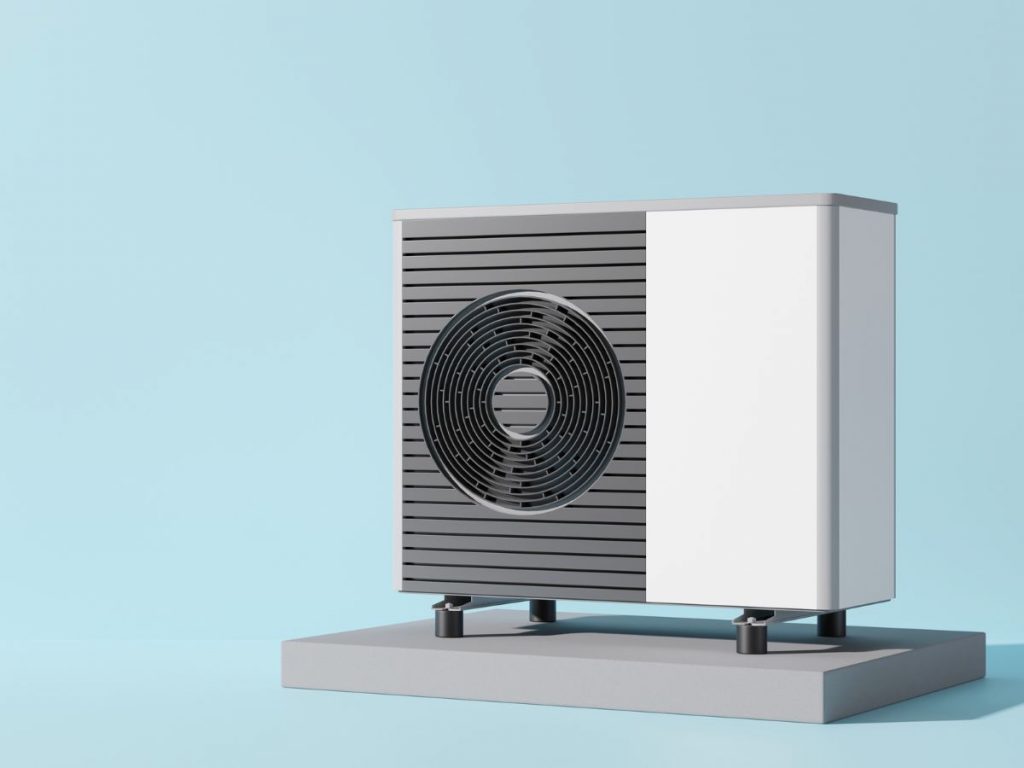
The cost of heat pump installation is the sticking point for most of us, and it’s not a small outlay. For air source systems, you’re looking at anywhere from £3,000 for a basic air-to-air setup, up to £15,000 for a larger air-to-water system. The average three or four-bedroom home? Around £12,000. If you’ve got a bigger place, expect it to be closer to £15,500.
Ground source heat pumps are another league: between £11,500 and £27,500 depending on your home’s size. For a typical family house, the bill often lands near £21,000. Hybrid systems, which piggyback on your existing boiler, are a bit more forgiving—usually £8,000 to £10,000, depending on your property.
But the numbers don’t stop there. Most homes, especially older ones, need tweaks to get the most from a heat pump. Maintenance is another line on the ledger, though it’s not eye-watering. Annual checks average £180, and it’s wise to book a service once or twice a year.
It’s a lot, no question. But it’s the full picture—and it’s the only way to judge whether the investment stacks up for you. The reality is, for many, the upfront cost is softened by grants and future savings. Still, it’s a decision that deserves a clear-eyed look at your own home and finances.
A Helping Hand Through Heat Pump Grants

Here’s where things get interesting. The government’s Boiler Upgrade Scheme (BUS) is the headline act, offering £7,500 towards the cost of a heat pump if you’re in England or Wales. That’s not a token sum—it can take a big bite out of your upfront bill. The scheme’s budget nearly doubled for 2025/26, now sitting at £295 million, and applications are soaring: March 2025 saw 4,028 applications, an 88% jump from the previous year.
Eligibility isn’t a free-for-all, though. You’ll need a valid Energy Performance Certificate, and you must be replacing an old fossil fuel or electric system. If you’re in a new-build (unless it’s a self-build) or social housing, you’re out of luck for now. Scotland has its own version via Home Energy Scotland, with slightly different rules and support levels.
There’s more good news. Planning rules have relaxed, so you’re no longer bound by the old “one metre from the boundary” rule for outdoor units. And from April 2025, boiler manufacturers are being nudged to sell more heat pumps—at least 6% of their boiler sales must now be heat pumps, which should stoke competition and gradually bring prices down.
The application process itself is straightforward, provided you use an MCS-certified installer. They’ll handle most of the paperwork, but you’ll need to supply your EPC and a few other details. It’s worth checking the latest on eligibility, as the scheme is evolving—air-to-air systems and even heat batteries may soon be included, and there’s talk of new ownership models to spread the cost or allow leasing.
All told, the grant landscape is more generous and accessible than ever. If you’re serious about a heat pump, it’s the first thing to investigate.
Wrapping Up – The UK’s Heat Pump Moment

We’re at a crossroads. The UK’s playing catch-up, but the pace is picking up—both in terms of technology and the people trained to fit it. To hit government targets, we’ll need over 33,000 full-time installers, and the industry’s rising to meet that challenge.
So, is a heat pump right for you? Only you can say. But the facts are clear: with grants at historic highs, installation capacity growing, and the technology improving year on year, heat pumps are moving from the fringe to the mainstream. If you’re thinking about your next step—whether it’s for your wallet, your comfort, or your conscience—it’s worth talking to an experienced, certified heat pump installer and seeing what’s possible for your home.
The UK may have started slow, but the momentum is real. The question isn’t whether heat pumps will become part of our future—it’s how soon you want to be part of it.
FAQs about heat pumps
Is it worth getting a heat pump UK?
For most UK homes, heat pumps are increasingly worth considering, especially with the current £7,500 Boiler Upgrade Scheme grant significantly reducing upfront costs. An air source heat pump will typically save you £4,891 over its lifetime compared to a gas boiler, primarily due to higher efficiency and longer lifespan (20 years vs. 10 years for a typical boiler).
Heat pumps become particularly worthwhile in homes with good insulation, appropriate space for installation, and when coupled with renewable electricity sources. The UK’s mild climate actually makes air source heat pumps quite effective year-round.
Financial advantages vary by situation: ground source heat pumps typically save around £128 annually compared to gas boilers, while air source heat pumps currently cost about £104 more annually to run than gas boilers, though this gap is narrowing with improved efficiency ratings. With specialised heat pump electricity tariffs, some households report savings of up to £545 annually.
Is it expensive to run a heat pump?
Running costs for heat pumps depend primarily on electricity prices and system efficiency. Based on April 2025 price cap figures (27.4p per kWh for electricity and 5.48p for gas), the annual running costs compare as follows:
- Gas boiler: 11,500kWh of gas = £630.20 annually
- Air source heat pump: 3,286kWh of electricity = £734.69 annually
- Ground source heat pump: 2,244kWh of electricity = £501.74 annually
The key factor is the coefficient of performance (CoP): heat pumps typically produce 3-4 units of heat for every unit of electricity consumed.
Real-world costs vary significantly based on home insulation, outside temperatures, and usage patterns. A typical 2.2kW air source heat pump costs around 49p per hour to run (at July 2024 rates of 22.36p per kWh). Special heat pump electricity tariffs can further reduce these costs.
What homes are not suitable for heat pumps?
Several types of homes face challenges with heat pump installation:
Poorly insulated properties are generally unsuitable without upgrades, as heat pumps operate most efficiently in well-insulated environments. A survey of oil heating technicians found that over 70% of rural homes were insufficiently insulated for heat pumps to work comfortably.
Homes with solid walls (rather than cavity walls), especially older buildings constructed before modern building standards, often require extensive insulation upgrades before heat pump installation. Properties with single-glazed windows or inadequate roof insulation similarly face efficiency challenges.
Space-constrained dwellings such as flats, apartments, and high-rise buildings can be problematic, particularly for ground source heat pumps which require sufficient outdoor space for ground loops. Properties with limited indoor space also struggle to accommodate the required internal components like larger hot water cylinders.
Is a heat pump enough to heat a house?
Yes, a properly sized heat pump can effectively heat an entire house via a central heating system. However, its performance varies with external temperatures. For example, in a case study of a typical UK home:
- At -2°C outside, an air source heat pump delivered 12.6kW of heat while the home required 20kW (63% coverage)
- At 5°C or higher, the same heat pump could provide 100% of the home’s heating requirements
- Overall, the system provided approximately 89% of the property’s annual heat requirement
For optimal whole-house heating, heat pumps work best in well-insulated homes with appropriately sized radiators or underfloor heating. Modern heat pumps are designed to maintain a constant, comfortable temperature rather than the fluctuating temperatures typical with conventional boilers.
In extremely cold conditions or poorly insulated homes, supplementary heating might be necessary, which is why hybrid systems combining heat pumps with traditional boilers are sometimes recommended.
Why are heat pumps not popular in the UK?
Limited public awareness and understanding of heat pump technology contributes to hesitancy, with persistent myths such as “heat pumps don’t work in cold climates” despite their widespread use in much colder Scandinavian countries. Norway, Sweden, Finland and Estonia—countries with some of Europe’s coldest winters—have the highest heat pump adoption rates (60%, 43%, 41% and 34% of households respectively).
Structural challenges include a shortage of trained installers and complex installation procedures. A survey of heat pump engineers found that 30% cited inability to find suitable staff as their biggest barrier to increasing installations.
The UK’s aging housing stock presents challenges, with many homes requiring significant insulation upgrades before heat pump installation. Additionally, the price differential between electricity and gas in the UK makes the running cost comparison less favorable than in other European countries.
A 2022 statistic highlights the gap: while the UK government targets 600,000 heat pump installations annually by 2028, only 55,000 were installed in 2022.
Does the Home Future Home Standard effect the need for heat pumps?
The Future Home Standard has recently given out more detail on when it’s published rules will come out, but initially heat pump installations will become a mandatory part of new builds and building regulations. More details can be found on out Future Home Standard post.
